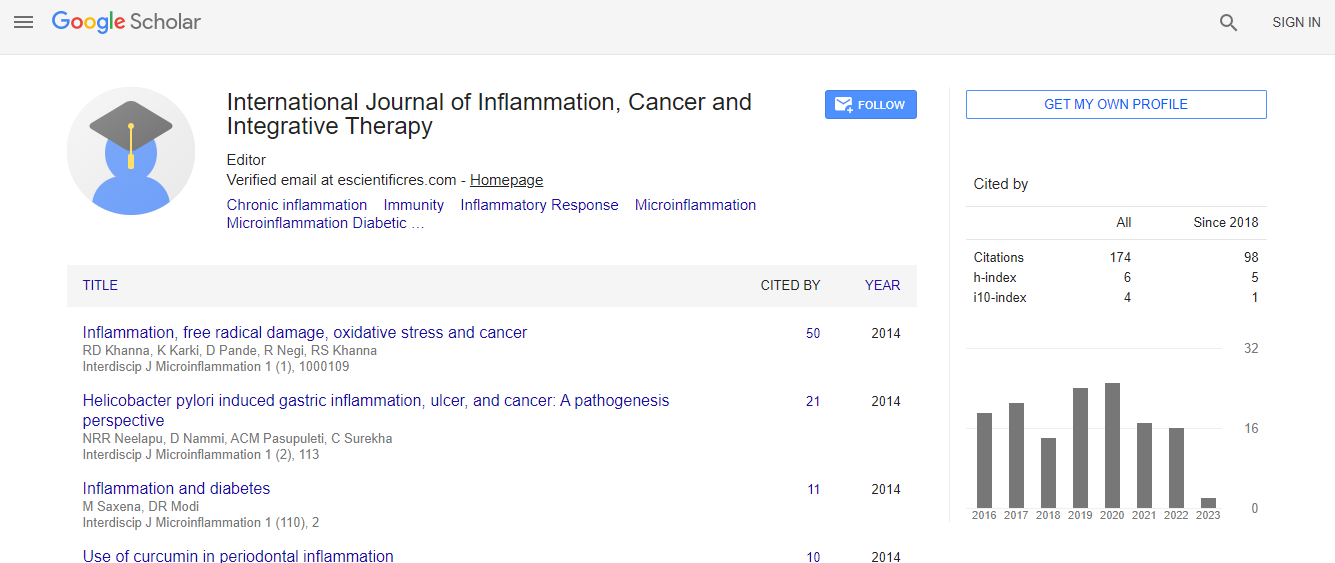Case Report
Minocycline Attenuates Severe Hyperglycemia in Patient with Lipodystrophy
Yellowlees Douglas*, Maria B. Grant and Baharak MoshireeClinical and Translational Science Institute and Center for Management Communication, PO Box 117150, University of Florida, Gainesville, USA
- *Corresponding Author:
- Yellowlees Douglas
Clinical and Translational Science Institute and Center for Management Communication
PO Box 117150
University of Florida, Gainesville, USA
Tel: (352) 273-3215
E-mail: jane.douglas@warrington.ufl.edu
Received date: May 21, 2016; Accepted date: June 20, 2016; Published date: June 22, 2016
Citation: Douglas Y, Grant MB, Moshiree B (2016) Minocycline Attenuates Severe Hyperglycemia in Patient with Lipodystrophy. Int J Inflamm Cancer Integr Ther 3:136. doi:10.4172/2381-8727.1000136
Copyright: © 2015 Douglas Y, et al. This is an open-access article distributed under the terms of the Creative Commons Attribution License, which permits unrestricted use, distribution, and reproduction in any medium, provided the original author and source are credited.
Abstract
Context: Familial partial lipodystrophy (FPL) may appear with metabolic perturbations that include acute insulin resistance and severe hyperglycemia with poor metabolic control despite extremely high doses of insulin.
Objective: We report on a patient with FPL, insulin resistance, and hyperglycemia (fasting glucose >180- 200 mg/dL) on 80 units of U-500 insulin daily. Unexpectedly, the patient responded within two weeks to administration of 100 mg minocycline, a well-tolerated antibiotic with anti-inflammatory properties, achieving good glycemic control with marked reductions in insulin dosage to 15 units daily.
Main outcome measurement: The patient’s blood glucose averaged 130 mg/dL in both fasting and postprandial conditions on 100 units of daily insulin, with no occurrence of hypoglycemia.
Conclusion: Minocycline may improve sensitivity to insulin, even after decades of severe insulin resistance, enabling individuals with FPL to achieve control after the failure of other interventions. This improved glycemic control may help attenuate risk factors for cardiovascular and kidney disease that accompany both diabetes and FPL.

 Spanish
Spanish  Chinese
Chinese  Russian
Russian  German
German  French
French  Japanese
Japanese  Portuguese
Portuguese  Hindi
Hindi 
